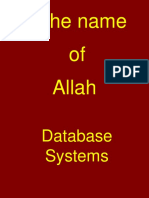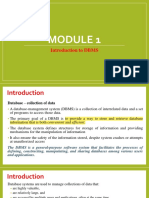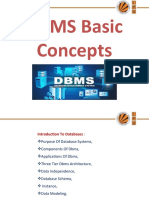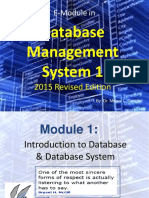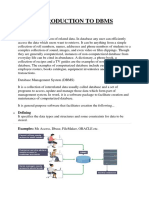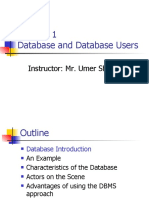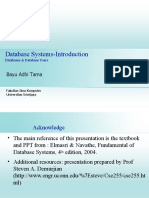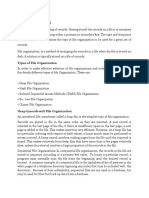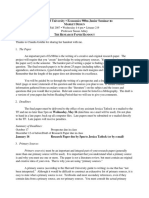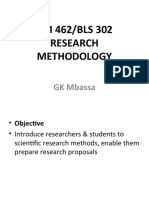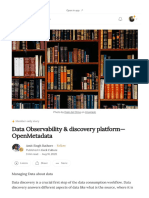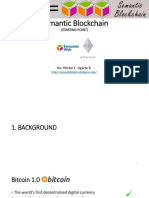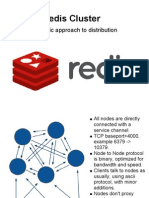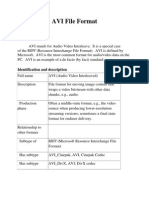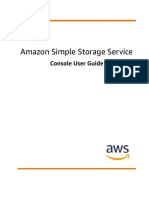0% found this document useful (0 votes)
20 views29 pagesData Base Lecture 2
Lecture 2 covers database definitions, advantages, and disadvantages of database management systems (DBMS), including data consistency and security. It discusses levels of data, types of database users, and the role of a database administrator. The history of databases is also outlined, highlighting key developments and models from the 1960s to the 1970s.
Uploaded by
Crazy To footCopyright
© © All Rights Reserved
We take content rights seriously. If you suspect this is your content, claim it here.
Available Formats
Download as PDF, TXT or read online on Scribd
0% found this document useful (0 votes)
20 views29 pagesData Base Lecture 2
Lecture 2 covers database definitions, advantages, and disadvantages of database management systems (DBMS), including data consistency and security. It discusses levels of data, types of database users, and the role of a database administrator. The history of databases is also outlined, highlighting key developments and models from the 1960s to the 1970s.
Uploaded by
Crazy To footCopyright
© © All Rights Reserved
We take content rights seriously. If you suspect this is your content, claim it here.
Available Formats
Download as PDF, TXT or read online on Scribd
/ 29

